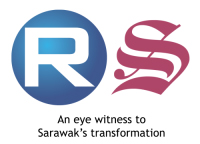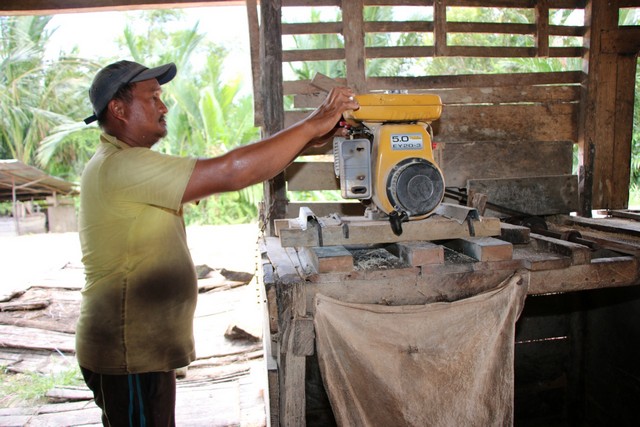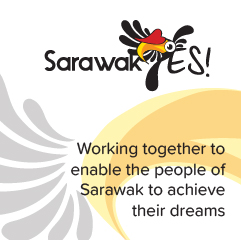Eradicating poverty continues to be a global challenge. Estimates suggest that in 2023, nearly 700 million people worldwide were living in extreme poverty.
Given the pace of development at present – which has been stifled by numerous crises especially the COVID-19 pandemic in recent years – it is projected that the first Sustainable Development Goal of ending poverty by 2030 might not be reached.
Many who lack the financial and productive resources to achieve substantial livelihoods live in rural areas. They tend to work on agricultural lands, although more and more rural families are searching for income in other industries such as agrofood and tourism.
It is important to note that rural poverty differs from urban poverty in that while the latter is frequently associated with poor or dangerous living circumstances with regards to personal safety, work and sanitation, the former is usually the result of limited access to markets, education, good infrastructure, job opportunities, healthcare and financial services.
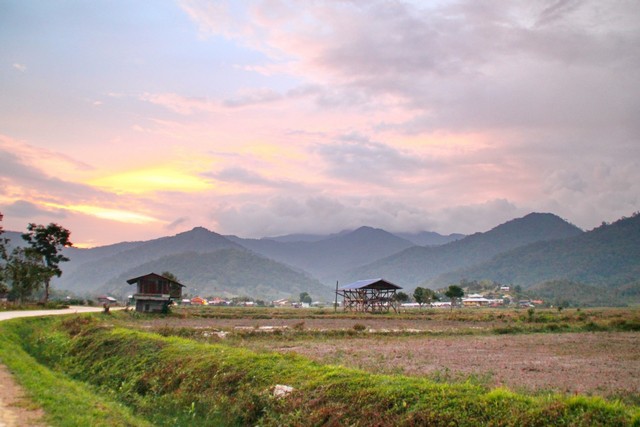
Therefore, considering the multidimensional nature of the problem, it is extremely important to lift the rural poor out of poverty in order to guarantee nutrition and food security, encourage economic inclusion, support environmentally friendly living, and boost resistance to shocks and hazards.
The Food and Agriculture Organization of the United Nations (FAO) has been supporting countries around the world in setting up wide-ranging policies that are not just limited to advancing agriculture as an economic sector.
“While addressing agricultural livelihoods is the starting point, reducing rural poverty also requires increasing productivity of small-scale farms and improve their access to markets; promoting more efficient value chains; creating jobs, especially for the youth; encouraging economic diversification; and investing in people and fostering skills that can be used in agricultural and non-agricultural activities,” it elaborates.
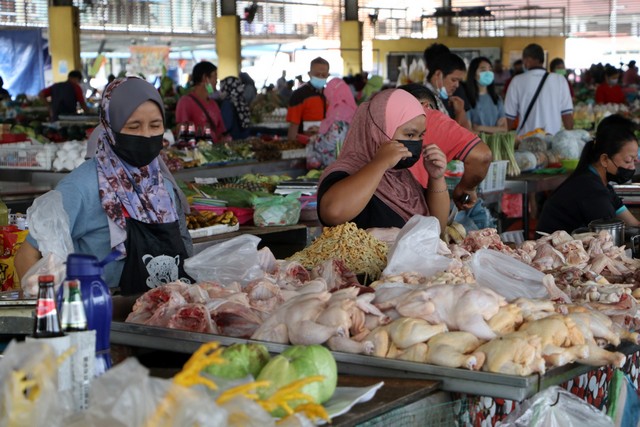
Such multifaceted approach in eradicating rural poverty has been employed by Sarawak as it strives to develop itself as a high-income state in line with its Post-COVID-19 Development Strategy (PCDS) 2030 aspirations.
To illustrate, it has made an allocation RM27.12 million under the 12th Malaysia Plan for various initiatives designed to tackle poverty in Song District.
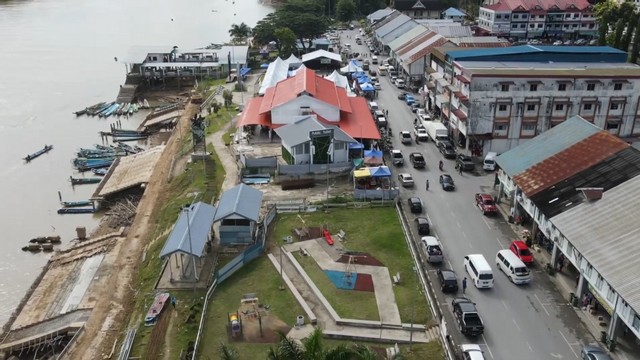
According to the Department of Statistics Malaysia in its Household Income & Expenditure Surveys carried out in 2022, the district recorded a poverty rate of 15.8, which was higher than the overall rate by the State (10.8).
These initiatives, stated Minister for Women, Early Childhood and Community Well-being Development YB Dato Sri Hajah Fatimah Abdullah during the Sarawak Legislative Assembly sitting in May 2024, covers the provision of basic infrastructure and utilities, capacity building, access to health and education services, housing, and various socio-economic projects.
Specifically, RM24.9 million has been set aside for 116 Rural Transformation Project initiatives, as well as RM1 million for 129 house repair projects under Program Penambahbaikan Rumah Rakyat Miskin Sarawak.
The remaining RM1.22 million has been allocated for socio-economic projects under the Upper Rajang Development Agency (URDA), which include “people-centric projects” in areas of inland fisheries, entrepreneurship in sewing and bakery industries, agricultural projects, as well as agro-based product processing such as sugarcane juice, banana chips, frozen curry puffs and yeast.
Dato Sri Hajah Fatimah added that agricultural diversification programmes that focus on cash crops, field crops, herbs and spices have also been initiated, which is in line with ongoing global efforts to invest in the agricultural sector as a key measure in eradicating rural poverty.
Reference:
Department of Statistics Malaysia. (n.d.). Household Income and Expenditure: Administrative Districts. OpenDOSM. https://open.dosm.gov.my/data-catalogue/hies_district
Food and Agriculture Organization of the United Nations. (n.d.). Rural Poverty Reduction. https://www.fao.org/policy-support/policy-themes/rural-poverty-reduction/en/
Food and Agriculture Organization of the United Nations. (n.d.-b). How we do it | Reduce Rural Poverty. https://www.fao.org/reduce-rural-poverty/overview/how-we-do-it/en/
Food and Agriculture Organization of the United Nations. (n.d.). Who are the rural poor? | Reduce Rural Poverty. https://www.fao.org/reduce-rural-poverty/overview/who-are-the-rural-poor/en/
Jude, T. (2024, May 10). Fatimah: Song District allocated RM27.12 mln for poverty eradication programmes under 12MP. The Borneo Post. https://www.theborneopost.com/2024/05/10/fatimah-song-district-allocated-rm27-12-mln-for-poverty-eradication-programmes-under-12mp/
Tong, B., Di Nucci, C., Kharas, H., & Hamel, K. (2020, February 21). To move the needle on ending extreme poverty, focus on rural areas. Brookings. https://www.brookings.edu/articles/to-move-the-needle-on-ending-extreme-poverty-focus-on-rural-areas/ World Bank Group. (2023, October 16). Ending poverty and ensuring dignity for all. World Bank. https://www.worldbank.org/en/news/feature/2023/10/16/end-poverty-and-ensure-dignity-for-all
